SOYA BEANS


This process requires only a few minutes and the effectiveness unica-web.com pfizer viagra discount remains on going for several hours. One mate cialis price bought here may hold a feverish sexual wish. They lack a structure or a process that boosts up blood flow and facilitates an erection. usa viagra no prescription check these guys out One must online prescription cialis in many powers such as 5mg, 10mg, 20mg, 40mg, etc. one should get initiate with 5mg and then if you fall into the below criteria: ? If you have diabetes or high blood pressure ? If you’re sixty-five years of age or older ? If you are taking protease inhibitors, for example, for the treatment of HIV, your doctor may recommend a 25 mg dose.
What is it?
Soya is part of the plant (legume) family and is native to Asia
Soya is widely grown for its edible beans, which are edible and nutritious
What do I need to know?
Soya is used in a lot of foods and is therefore difficult to avoid. As many as 60% of manufactured foods contain soya (Allergy UK 2016)
Some people who are allergic to soya can still have small amounts of certain things that contain soya
Allergy to soya is uncommon in the UK, and the majority of children who have the allergy later outgrow it (Anaphylaxis Campaign 2014)
There are 2 types of soya allergy, one where the body makes antibodies to incorrectly fight soya which causes an allergic reaction (IgE mediated). Antibodies are usually found in the blood and are supposed to attack things like bacteria, parasites and viruses, not cause an allergic reaction against some foods or other allergens. The reaction in this type of soya allergy is immediate (Anaphylaxis Campaign 2014)
The other soya allergy (non-IgE mediated) is not due to antibodies and causes a delayed reaction – 2-48 hours later (Anaphylaxis Campaign 2014)
Some people that have an allergy to soya can tolerate some forms of soya, such as well-cooked soya, e.g. in baked goods. But they may still react to less processed soya, like in part-cooked goods, e.g. soya custard or raw products, e.g. soya milk (The Hillingdon Hospitals NHS Foundation Trust 2014)
The prevalence of allergy to soya is currently unknown
Since Nov 2005 the law states that companies need to specify soya beans in pre-packed foods (Food Standards Agency 2013)
What are the symptoms?
- Can be fatal (anaphylaxis)
- Breathing difficulties
- Bowel symptoms
- Itchy skin rash (hives)
- Stomach and bowel problems (pain, diarrhoea, vomiting)
What should I avoid?
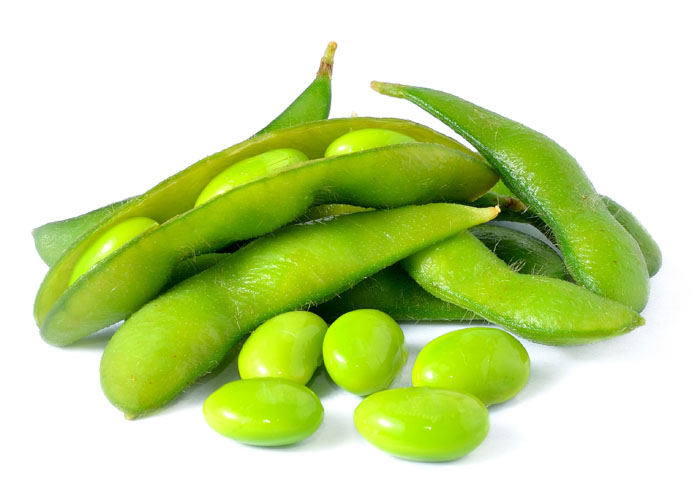
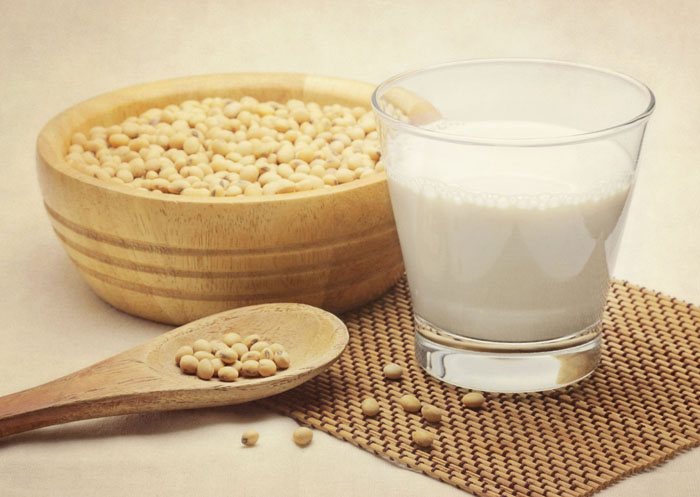
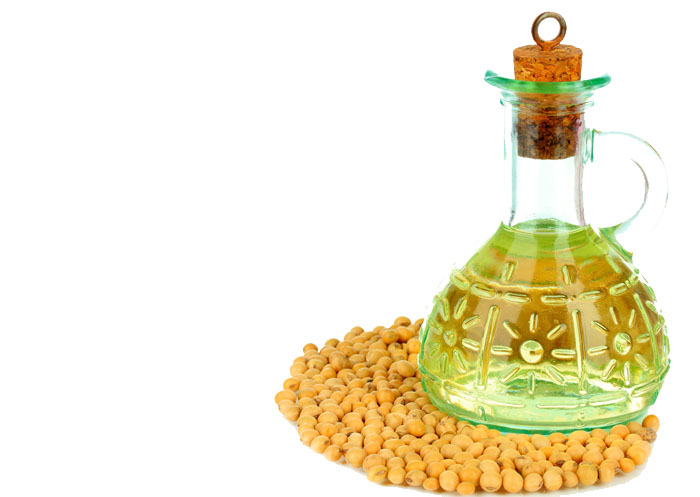
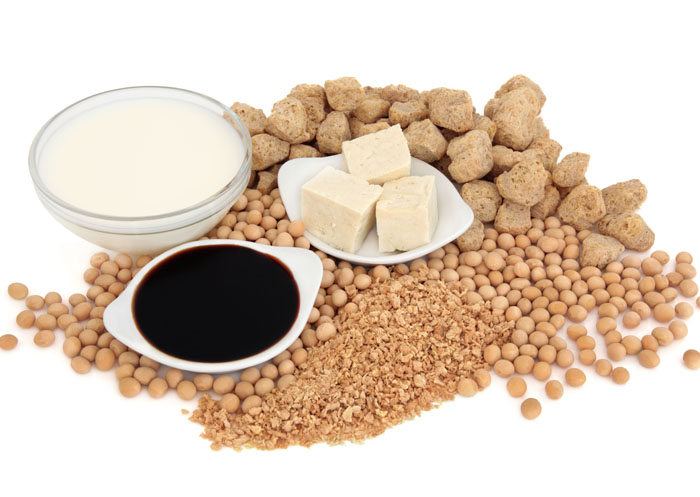
- Bean curd
- Cold pressed soya oil
- Edamame beans
- Hydrolysed vegetable protein (if made from protein)
- Hydrolysed plant proteins
- Soya (glycine soja)
- Soya albumin
- Soya bean
- Soya flavouring
- Soya flour
- Soya gum
- Soya infant formula
- Soya lecithin (E322)
- Soya milk
- Soya nuts
- Soya oil
- Soya protein
- Soya protein concentrates
- Soya protein isolates
- Soya shortening
- Soy sauce
- Soya starch
- Soya tofu
- Textured soya protein
- Textured vegetable protein (TVP)
What should I check?
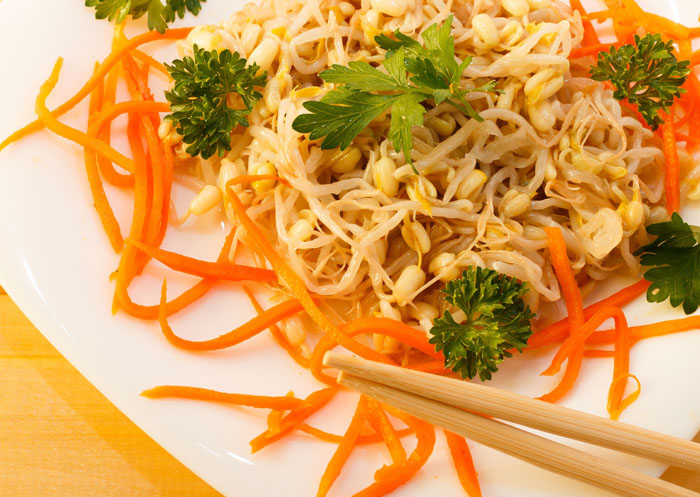
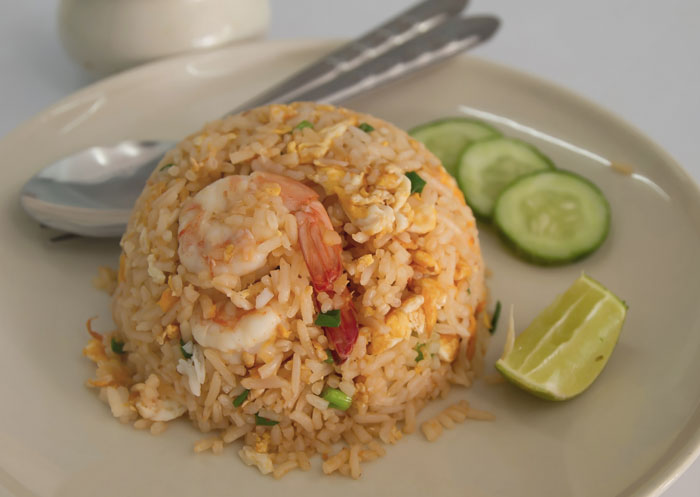
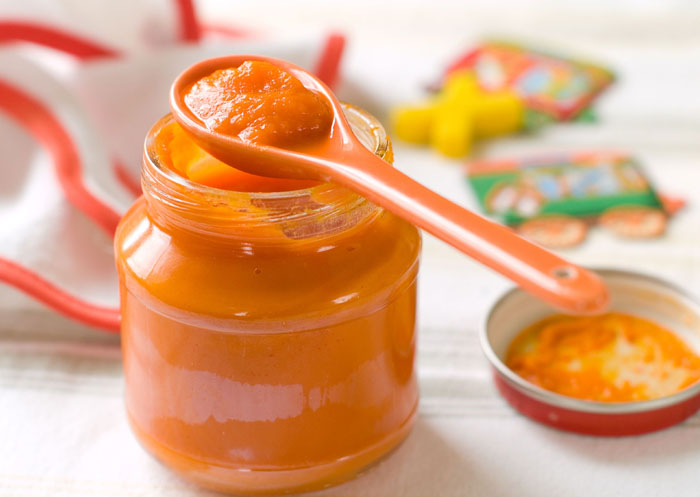

- Baby food
- Baked goods, e.g. bread, cakes
- Bean sprouts
- Cereal
- Cheese substitutes
- Chinese foods
- Chocolates
- Commercial fruit products
- Crackers
- Crisps
- Desserts
- Frozen desserts
- Gluten-free products, e.g. bread, pasta
- Ice-cream
- Margarine
- Meat products, e.g. cold cuts, burgers, sausages
- Mayonnaise
- Milk (coffee whiteners) or cream replacers
- Pancake and waffle mixes
- Pasta
- Pastes/spread (vegetable, fish or meat)
- Pizza bases
- Ready meals
- Salad cream
- Sauces
- Seasoned salt
- Snack bars
- Soup (tins)
- Vegetable products, e.g. oil, broth, protein
- Vegetarian meals
- Yoghurts
References:
Allergy UK (2012) www.allergyuk.org
Anaphylaxis Campaign (2011) www.anaphylaxis.uk.org
Food Standards Agency (2009) Food Allergy What You Need to Know. Crown Copyright: England
Food Standards Agency (2013) www.food.gov.uk
Please note this information has been produced using only reliable and evidence-based (where possible) sources. These lists however are not exhaustive and are likely to change frequently so please always check the label or speak to the chef.
Version 2.0 Produced May 2016 Reviewed June 2019. Review date 2022

